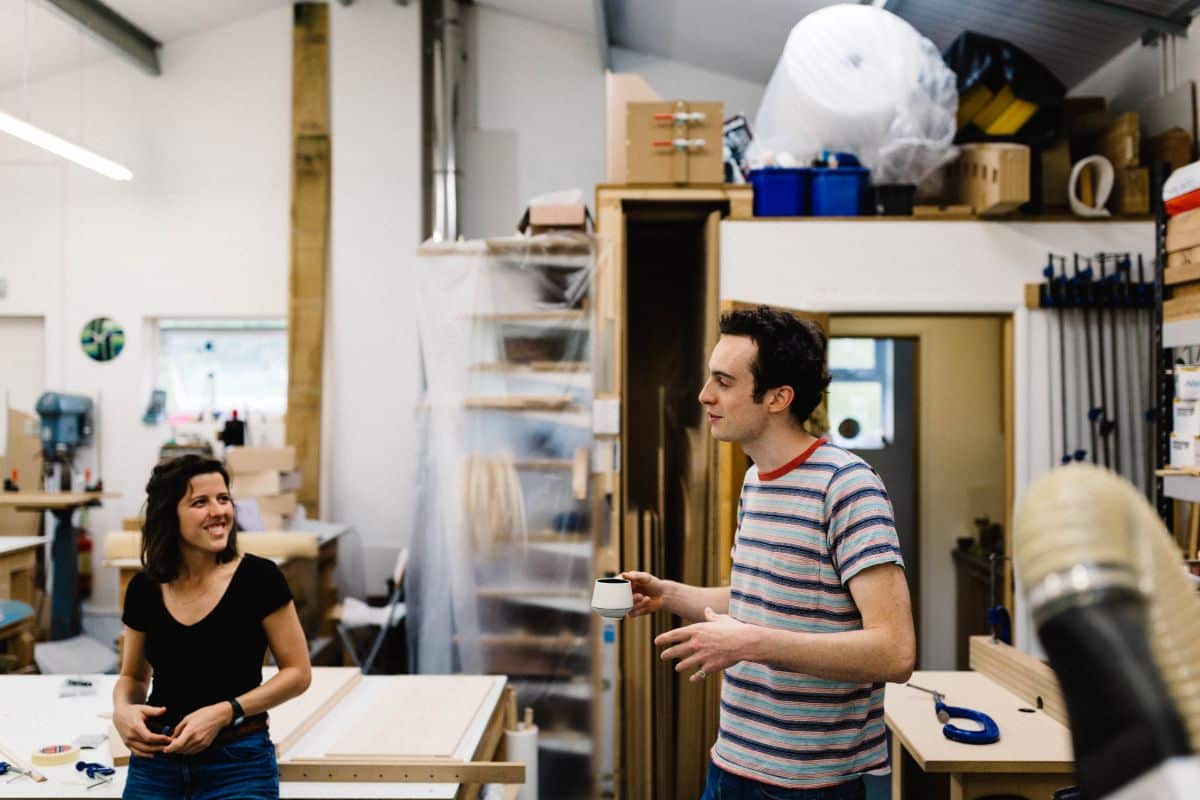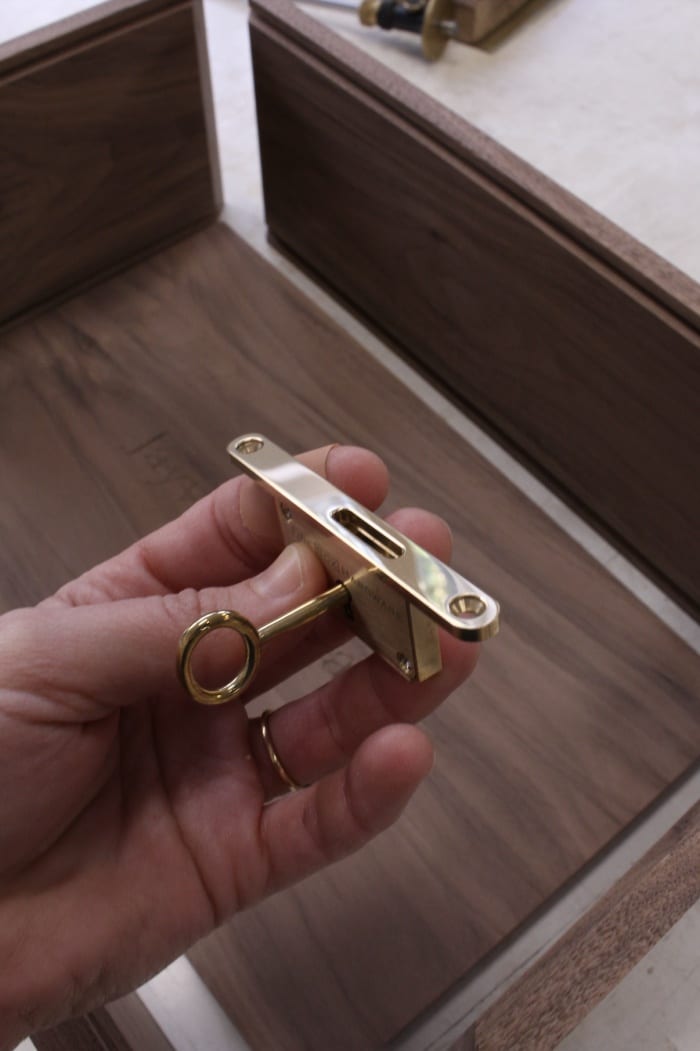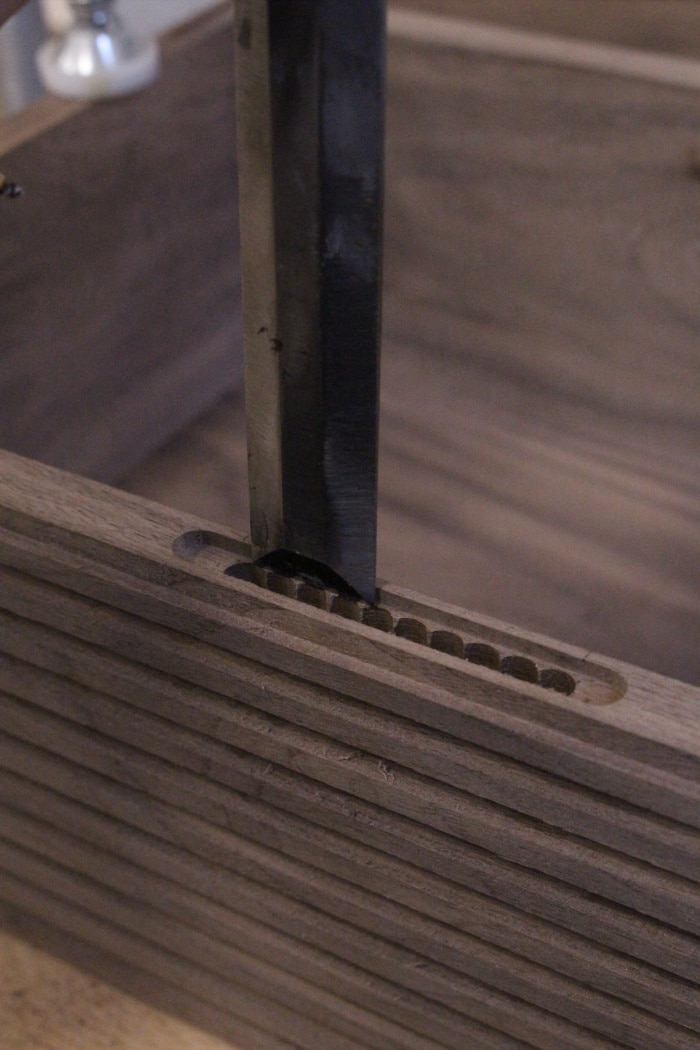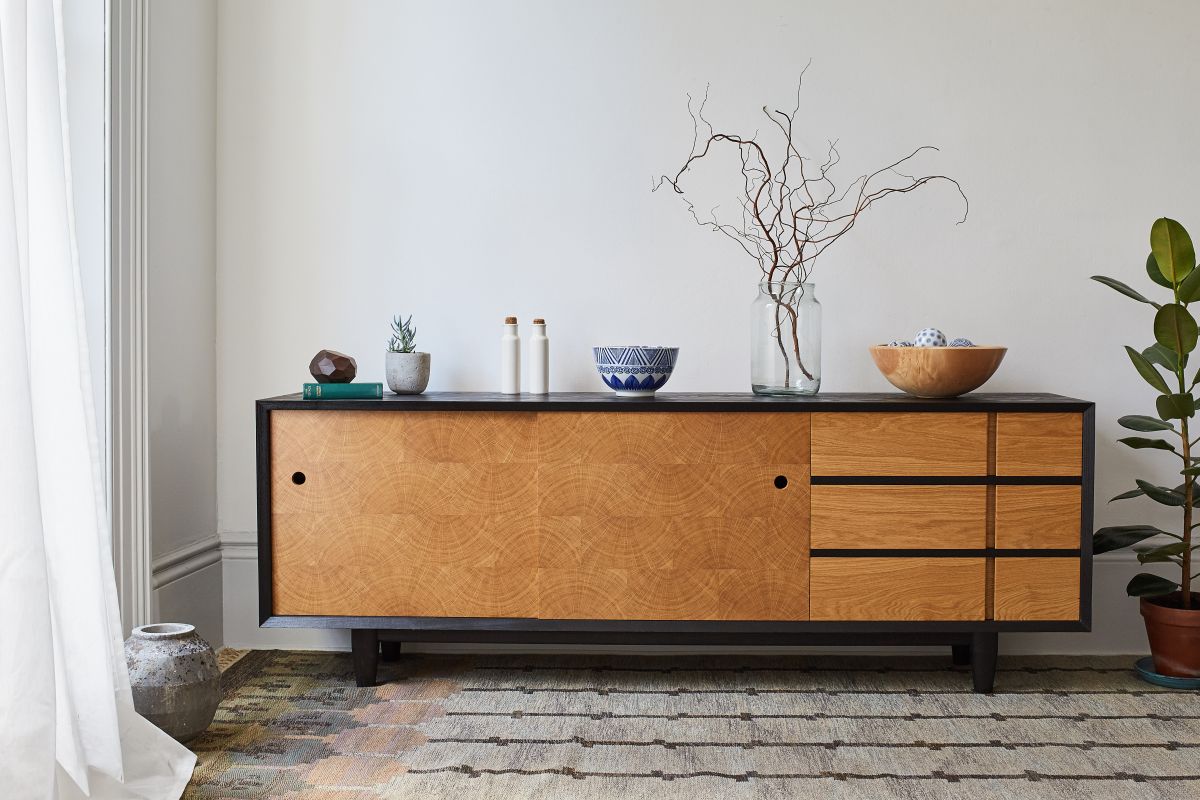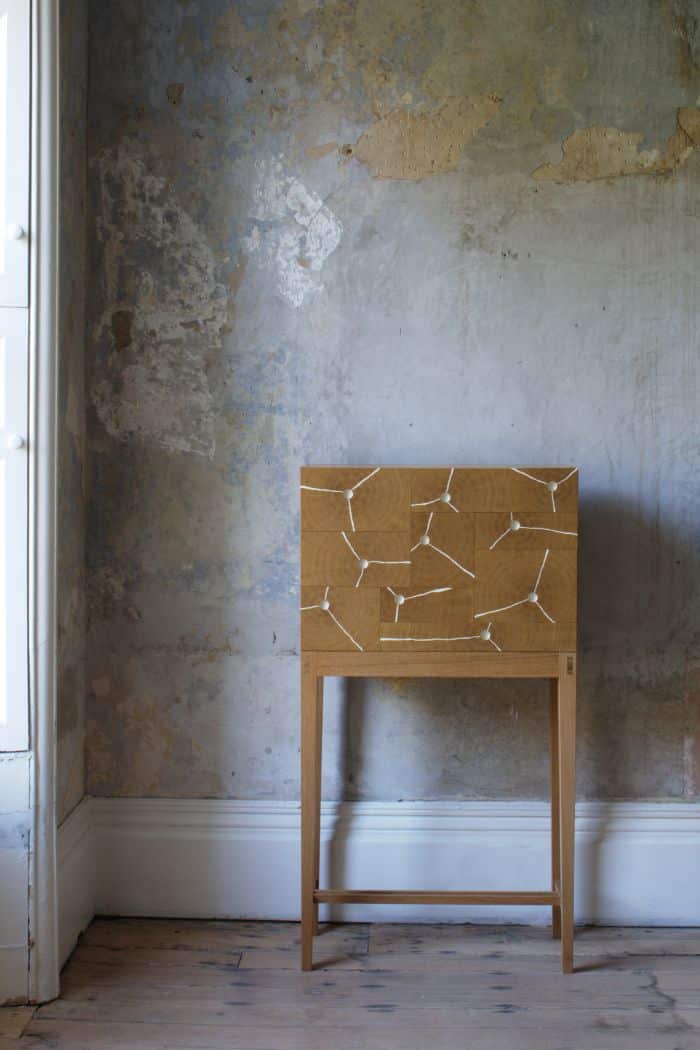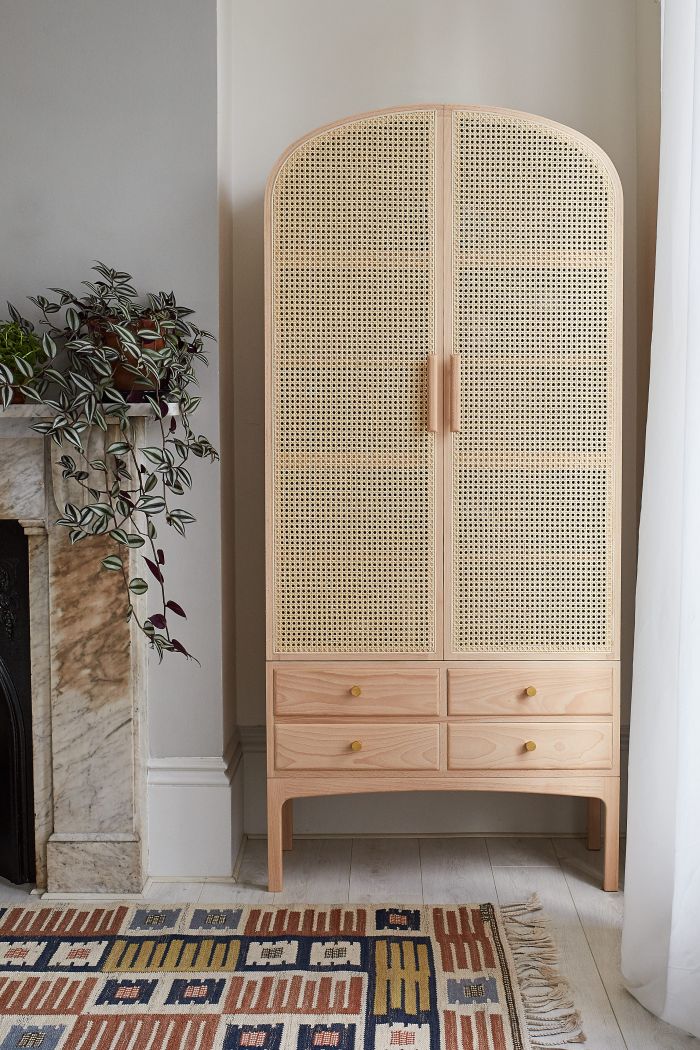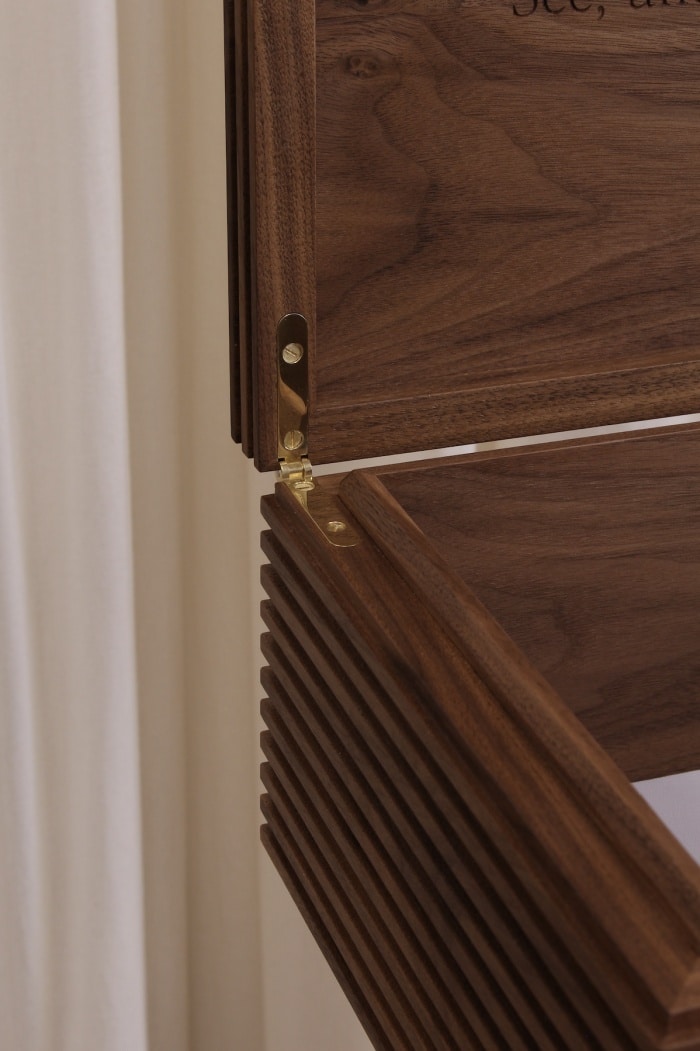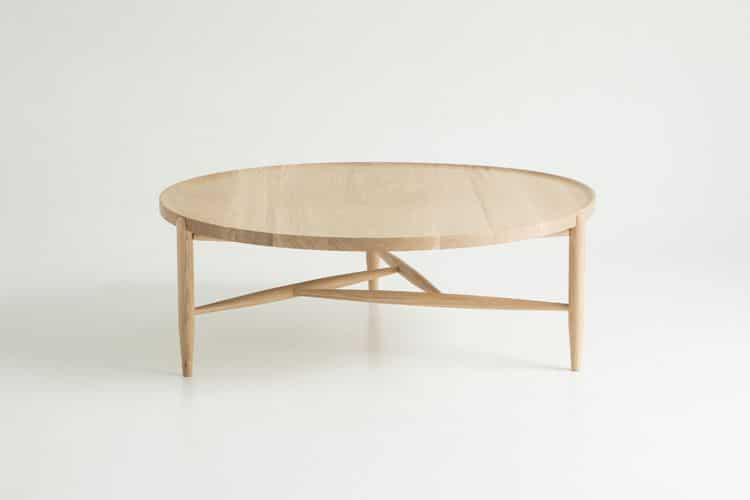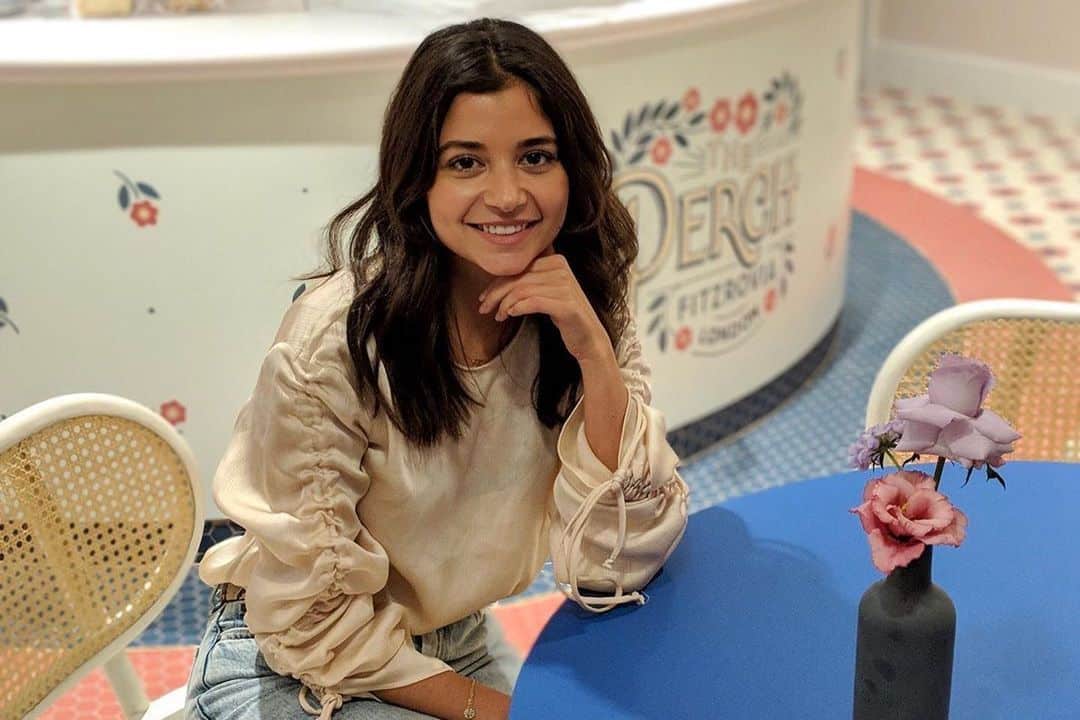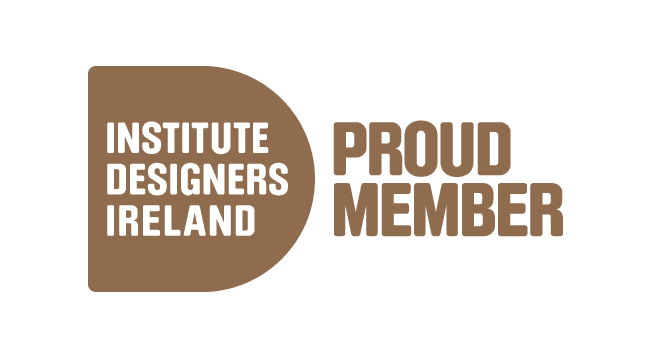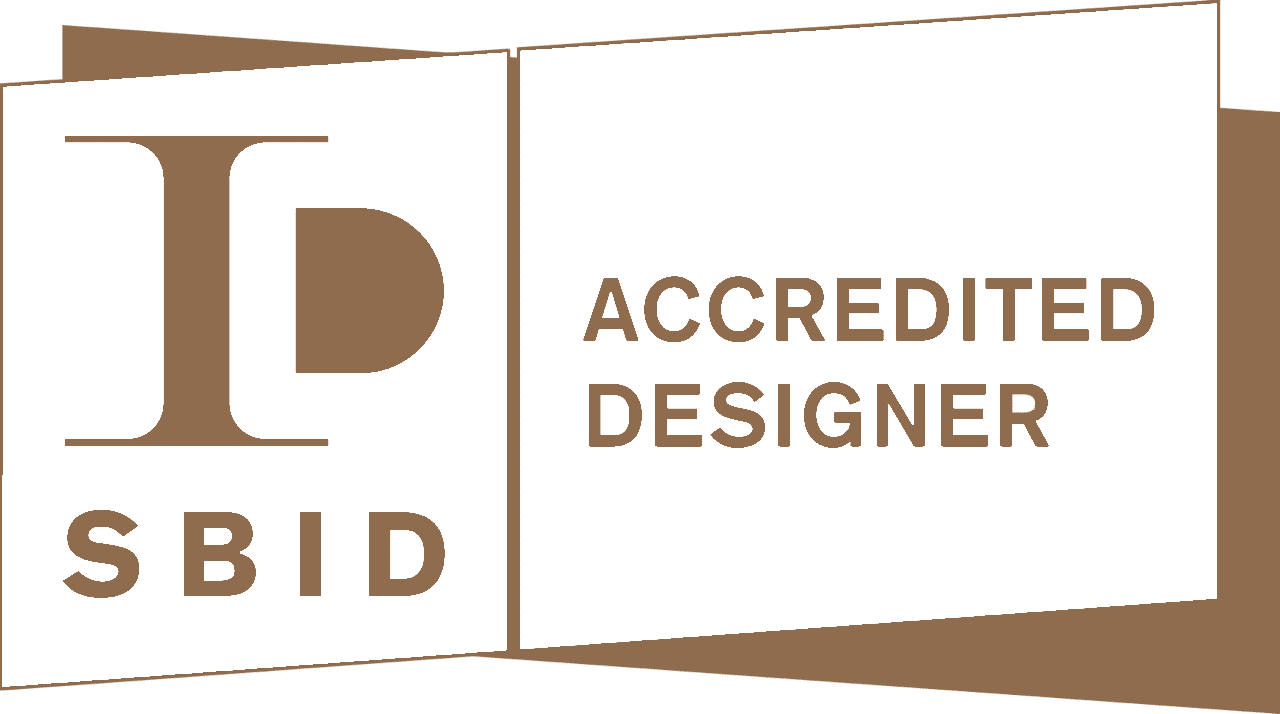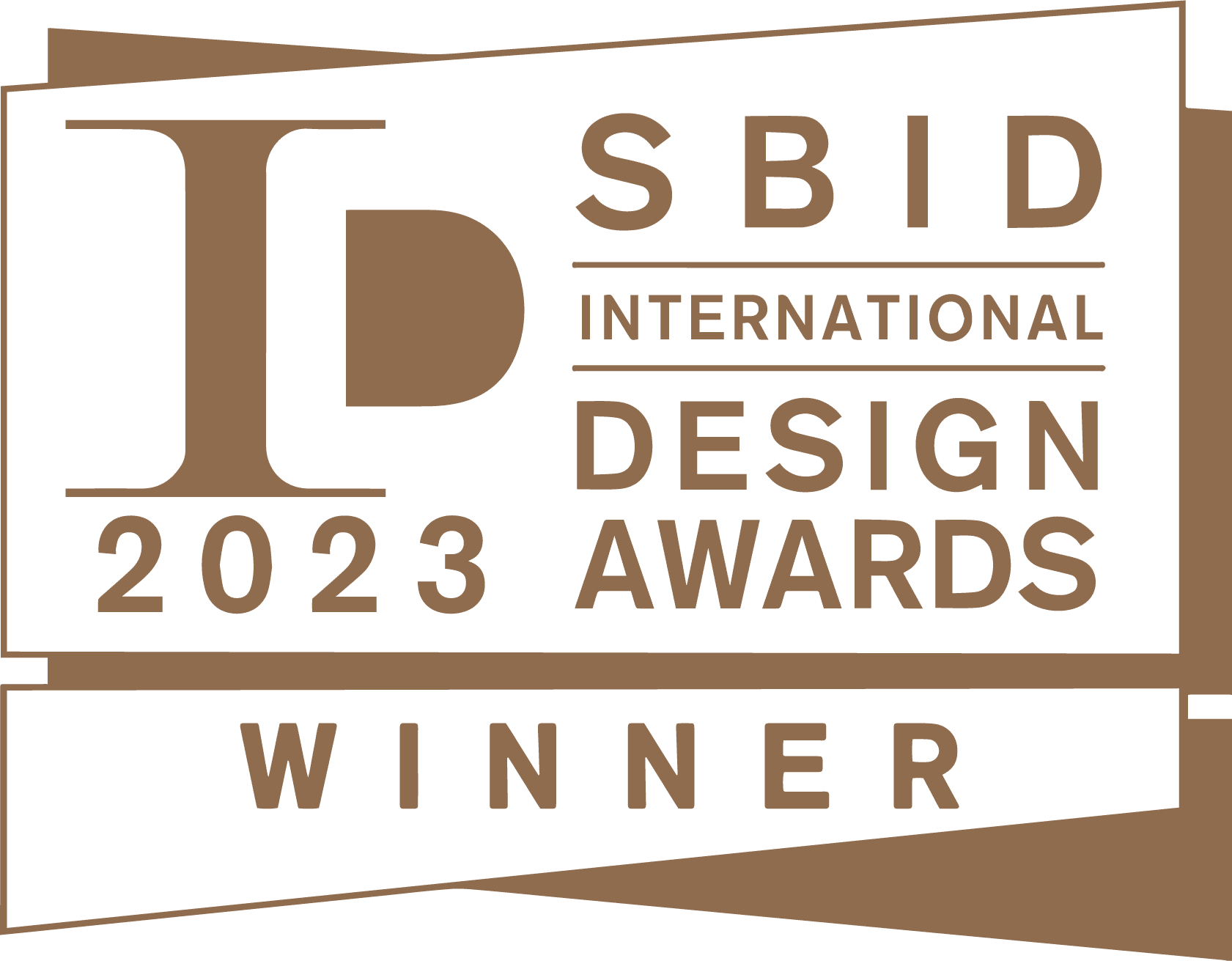Heirloom Home Accessories
From afar, it appears to be simple, minimal and predominantly functional, yet as we take a closer look, we realise the box is full of complexity. Can you talk us through the details which you incorporated?
This box is full of beautiful traditional joinery and plenty of attention to detail. A few examples are the mitred keys that join all the box sides and are discreetly tucked in the grooves, the hand-fitted liners with a chamfer detail that helps locate the lid in place, and the beautifully milled brass components. The design is not necessarily conventional and required an expert understanding of the materials used. For example, adding the grooved exterior to the box meant that the carcass was made with an unusually thick stock for this size of box. The extra material allowed for us to groove all the exterior and then carefully cut the lid off before installing all the hinges. As you might notice, the top of the box has been designed so that the grooves run uninterrupted from the top edge to the bottom edge of the box. Usually, these kinds of boxes have a frame and panel construction but here we have made it with a tongue and groove joint which has only been glued in the centre of the widths to allow for wood movement.
There is a great depth of thought that goes behind each of your products. What story do these details tell?
All of the designs we develop are a compilation of design experiences and lessons we have had throughout the years. I like to think that each piece we make holds our story as craftspeople, as well as all of the skills, techniques and styles that we continue to develop.
Durability is one of the most integral qualities when it comes to a piece of furniture or an heirloom homeware accessory such as this one. How do you ensure that your creations stand the test of time?
Both Charles and I have been trained in traditional furniture making and one of the most important aspects of our education was the understanding of timber and the application of the correct joinery to suit the piece. All of the pieces we design are made carefully by us and we always take the time needed to complete each piece as best as we can. It is this kind of making, not about manufacture or ease of production, that allows us to create objects that are unique and will last for generations to come.



